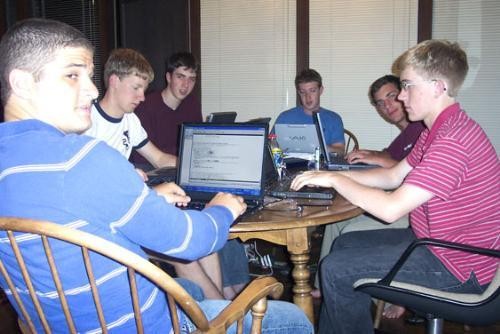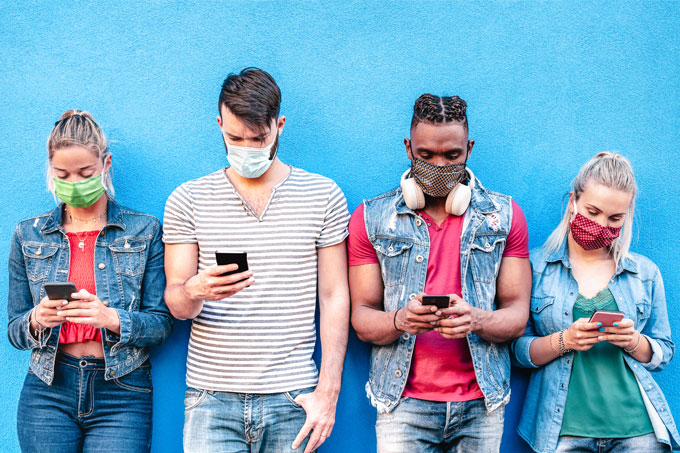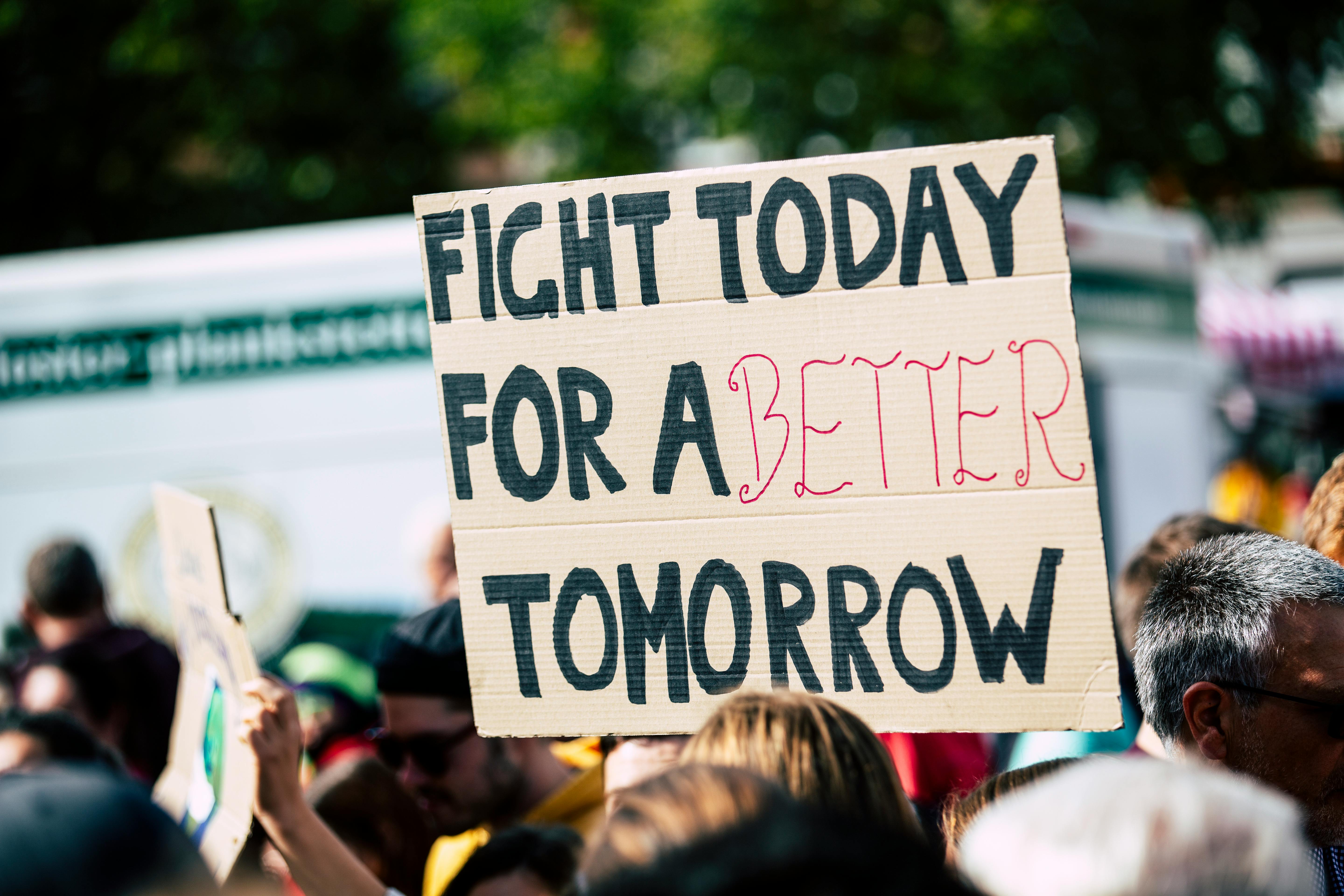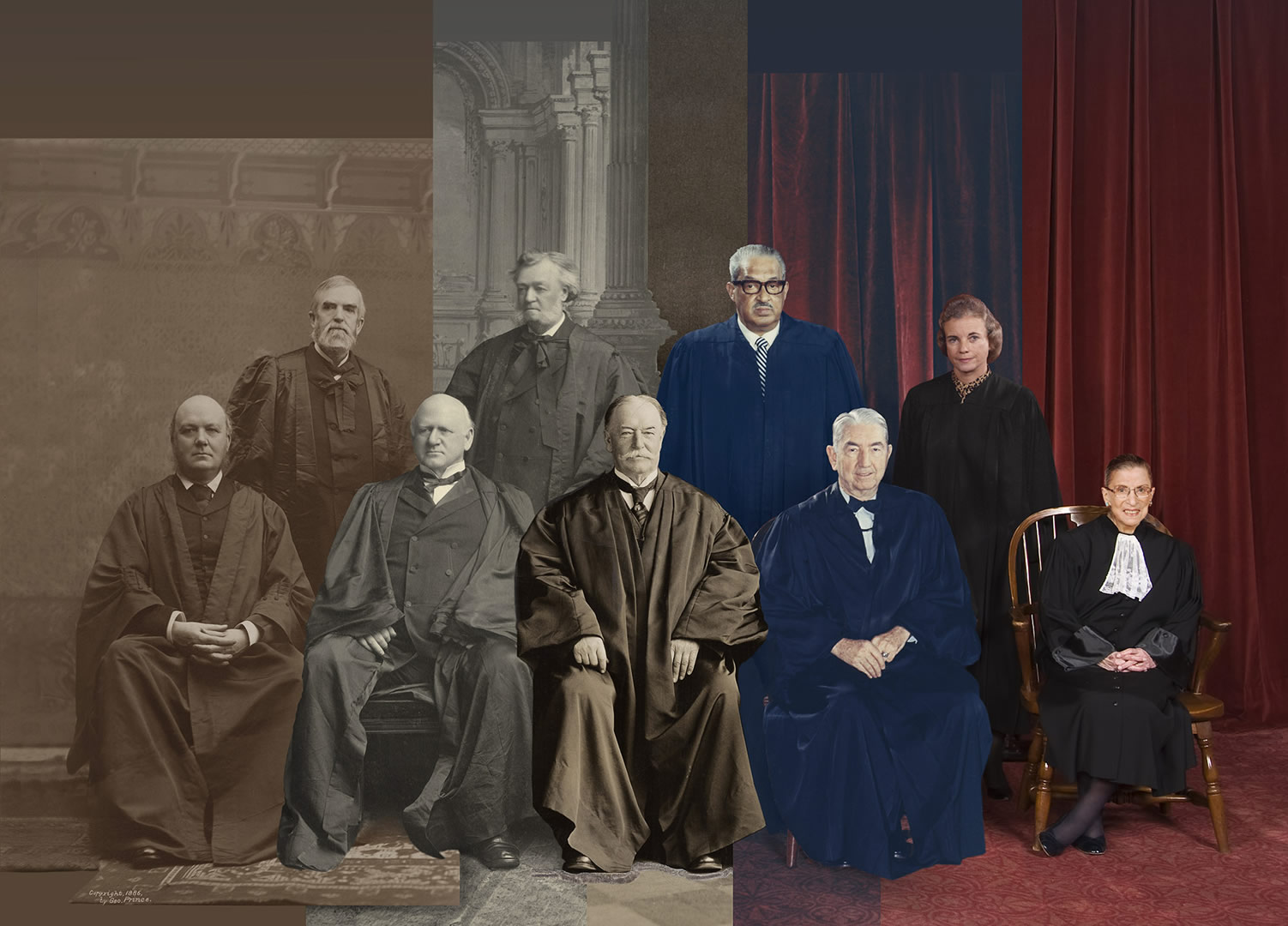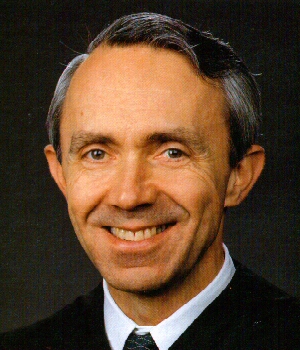The Future of Social Media Platforms
With the creation of "word of mouth" on the internet, individuals were allowed to express themselves online, which the public could view. Technology has been maturing over the past few decades and has been impactful in so many ways. Today, I focus on how Facebook, Instagram, and Snapchat have evolved in today's society.
Facebook
While Mark Zuckerberg is Facebook's founder, he was accompanied by Eduardo Saverin, Dustin Moskovitz, Andrew McCollum, and Chris Hughes. Together as neighbors in the dorms of Harvard University, they created Facebook. This program networked individuals in the Harvard University community for educational purposes from the years 2004 to 2006. Eventually, "The Facebook" was renamed to "Facebook." In April 2004, there were around 70,000 users that used Facebook. From 2006 and beyond, Facebook evolved and added a multitude of features that connected people internationally and globally.
Instagram
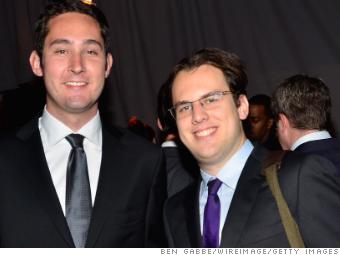
As we all know,
Instagram is one of the top social media platforms. Invented in 2010 by two Stanford colleagues, Kevin Systrom and Mike Kreiger. Instagram was formerly known as bourbon because of Kevin's interest in whiskey and bourbon. On its first day of launch in the IOS app store, Instagram reached 25,000 users. In 2022, Instagram surpassed two billion monthly users. Now you can only imagine how much it has grown in today's society with technology improving every day.
Snapchat
Evan Spiegel, Bobby Murphy, and Reggie Brown are three outstanding Stanford graduates who created Snapchat. The app was initially launched in July 2011 under "Picaboo." However, due to a trademark issue, they quickly rebranded to "Snapchat" and relaunched in the IOS App Store in September 2011. Furthermore, in October 2012, Snapchat launched on Android. By the end of 2012, users were sending over fifty million daily snaps, according to
Snapchat Statistics. Snapchat is becoming a more important communication tool for brands to interact with customers. Brands are using it to target younger demographics like Gen Z and millennials. With over one hundred seventy-four million daily users since its 2011 launch, Snapchat has become a preferred platform for users, with 24% of adults and 77% of college students actively using the app.
Positive & Negative Impacts
Social media has transformed communication, particularly in domains like education and medicine. Faster information sharing makes it possible for medical experts to work together and remain current with new developments. It assists in raising health awareness, providing instructional materials, and providing patients with mobile services during surgery. In similar ways, it provides students with an opportunity to express their thoughts, interact with classmates, and quickly access educational resources. In addition, social media makes it easier to communicate in real-time during emergencies, such as the COVID-19 pandemic, when it was crucial in spreading essential health information and promoting online consultations.
Countering that, social media has several disadvantages. It can quickly spread false information, particularly in the medical area, which can cause confusion and have negative effects. Constant multitasking and phone addiction may hinder students' concentration and creativity in the classroom, which can affect their academic achievements. If social media is misused, it can potentially influence one's opinion and harm people's reputations. Additionally, social media's addictive qualities might result in excessive screen time, which lowers productivity and raises mental health issues. Social media enabled the spread of useful data during the COVID-19 pandemic, but it also served as a venue for false claims, which increased public fear and mistrust.






